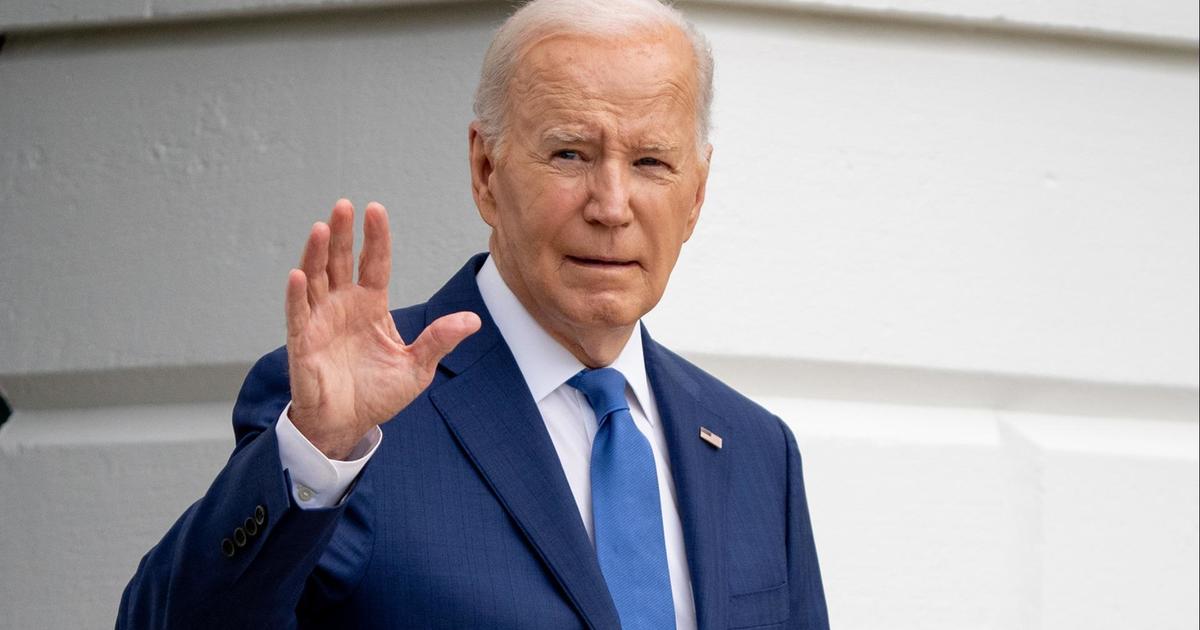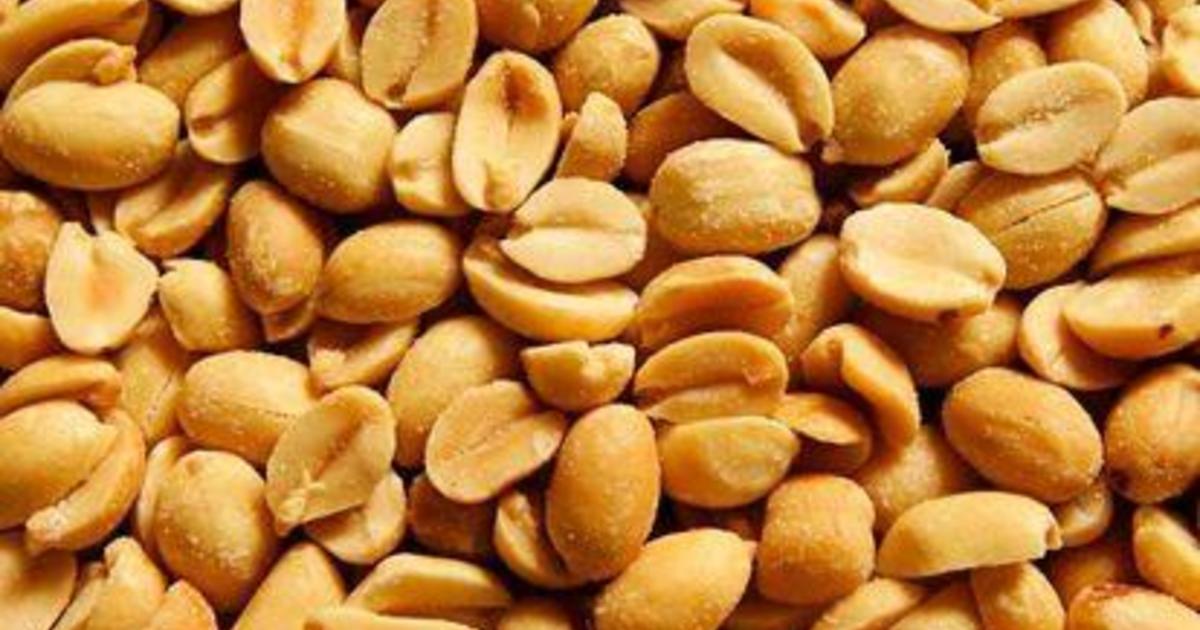COVID-19 vaccines: From nasal drops to a redesign, what 2023 could have in store
Several vaccine companies say they are expecting breakthroughs as early as this year as they pursue new ways to protect people against SARS-CoV-2, the virus that causes COVID-19.
The Food and Drug Administration is set to convene a panel of its outside vaccine advisers later this month to weigh key issues over the future of COVID-19 vaccines, including when and how to greenlight new boosters and changes to which strain the vaccines target.
Here's a peek at some of what's expected this year for the next generation of COVID-19 vaccines.
New vaccines by nose or mouth
Several companies have been pursuing approaches that could offer better protection against infections themselves, instead of merely blunting the severity of the disease.
Potential vaccines to build this kind of "mucosal immunity" aim to bring antibodies to fend off the virus at the sites where it first enters the body, through vaccines that could be taken through drops, sprays or pills.
A few of these vaccines have been licensed in other countries, but none in the U.S. — and the data behind them isn't robust, said Dr. John Beigel, associate director for clinical research at the National Institute of Allergy and Infectious Diseases.
Even if Congress had granted the Biden administration's request to pour resources into developing potential next-generation mucosal vaccines to broad clinical trials, Beigel said it would be challenging to "pick the winners" for government backing.
Scientists have ways of measuring the immune responses after mucosal vaccines, like they do with the current shots. But they don't necessarily know how those numbers will actually translate into real-world protection against the disease.
Different companies have researched mucosal vaccines for COVID, but the data is small and fragmented, Beigel said, using different methods and benchmarks. This makes it difficult for scientists to compare early results from labs that have tried out new vaccines in animals.
"I think what needs to happen is a much more organized platform where we start evaluating some of the most promising and figure out how to measure, how to ascertain, which of these are the most likely to be successful," said Beigel.
One of the few mucosal vaccines to reach the final stage of clinical trials so far is an intranasal option produced by the company Codagenix. A large study backed by the World Health Organization of the vaccine, which is administered through drops in the nose, is expected to announce results by the end of the first quarter. A trial of the vaccine as a booster was also launched last year in the United Kingdom.
The company's CEO J. Robert Coleman was optimistic about the vaccine's chances of entering the U.S. market, and said what sets their vaccine apart from the rest of the field is the prospect of data showing its direct efficacy.
Another possible mucosal vaccine could soon head into so-called "challenge trials" taken as a pill, says Vaxart CEO Sean Tucker.
His company inked a deal with British firm hVIVO in June to develop the "world's first human Omicron challenge model," which will deliberately infect vaccinated volunteers with the virus in hopes of accelerating their findings. hVIVO is currently working on validating the results from their approach, Tucker said.
"They have not announced their timing about when they are going to complete that but, assuming everything goes nicely, it happens this year, and potentially we could evaluate our vaccine either this year or next year," said Tucker.
Regulators in China approved CanSino Biologics repackaging their earlier vaccine into a nasal spray. India has also greenlighted an option produced by Bharat Biotech. Ocugen, that vaccine's American sponsor, hopes to launch trials that could pave the way for a rollout in the U.S. market.
"We would like to make Ocugen's mucosal vaccine available as soon as possible and are pursuing opportunities for government funding to support the development of OCU500," Tiffany Hamilton, a spokesperson for Ocugen, said in an email.
However, scientists and U.S. officials voiced skepticism over these already-licensed options, given an attempt by AstraZeneca and the University of Oxford yielded disappointing results last year.
"It is also not at all clear from well-controlled clinical trials that administering existing vaccines by the intranasal route (as some countries have already even approved) will provide truly meaningful benefit over the existing generation," wrote the authors of a viewpoint co-authored last month by Dr. Peter Marks, the FDA's top vaccines official.
Changes to existing vaccines
Novavax and Moderna, as well as Pfizer and BioNTech, say they are pursuing clinical trials of versions of their COVID-19 vaccines blended with components designed to trigger immunity against influenza or RSV in a single shot.
The current batch of updated "bivalent" COVID boosters are already a combination vaccine of sorts, blending together an antigen aimed at the original strain of the virus with another designed for the BA.4 and BA.5 variants.
"A combination influenza and COVID vaccine — that still looks very optimistic that that might be available for next season, and I think it might do something good to combat the vaccine fatigue that's out there at the moment," says Dr. William Schaffner, a professor of infectious diseases at Vanderbilt University Medical Center.
Some traditional vaccine manufacturers have also announced plans for revisions they hope can improve the length or breadth of immunity offered by current shots. Pfizer and BioNTech launched a study in November targeting "non-spike proteins" commonly seen across variants.
"I'd like to think that we are not going to keep chasing variants. I'd like to think that we're not going to be recommending a yearly vaccine, which I think also doesn't make sense. The flu model does not make sense for coronavirus," said Paul Offit, director of the Vaccine Education Center at Children's Hospital of Philadelphia. He was one of two votes against updating the vaccines for BA.4 and BA.5 in June.
These days, a growing share of infections are being driven by a "recombinant" descendant of BA.2 strains known as XBB.1.5. The updated boosters are expected to offer "some" improved protection against it, the FDA says.
"I don't think the goal is to try and protect against mild disease," added Offit, who said he was skeptical that immunity from either infections or vaccinations would ever be able to block the onslaught of immune-evasive strains.
The regulator is expected to grapple with the immediate question of what strains should be targeted by vaccines as a large swath of the country's current "monovalent" supply is due to expire.
"If we vaccinate only against the viruses that are circulating now, will they be more liable to get infected with ones that were present early in the pandemic, and no longer are present?" said Dr. Stanley Perlman of the University of Iowa.
Perlman, who is also a member of the FDA vaccines panel, said he was on the fence on whether components targeting the original strain are still needed.
"I know that I was more of a fan of a bivalent vaccine that was decided in June," said Perlman. "But now I don't know. I think we just have to see how the virus plays out."



